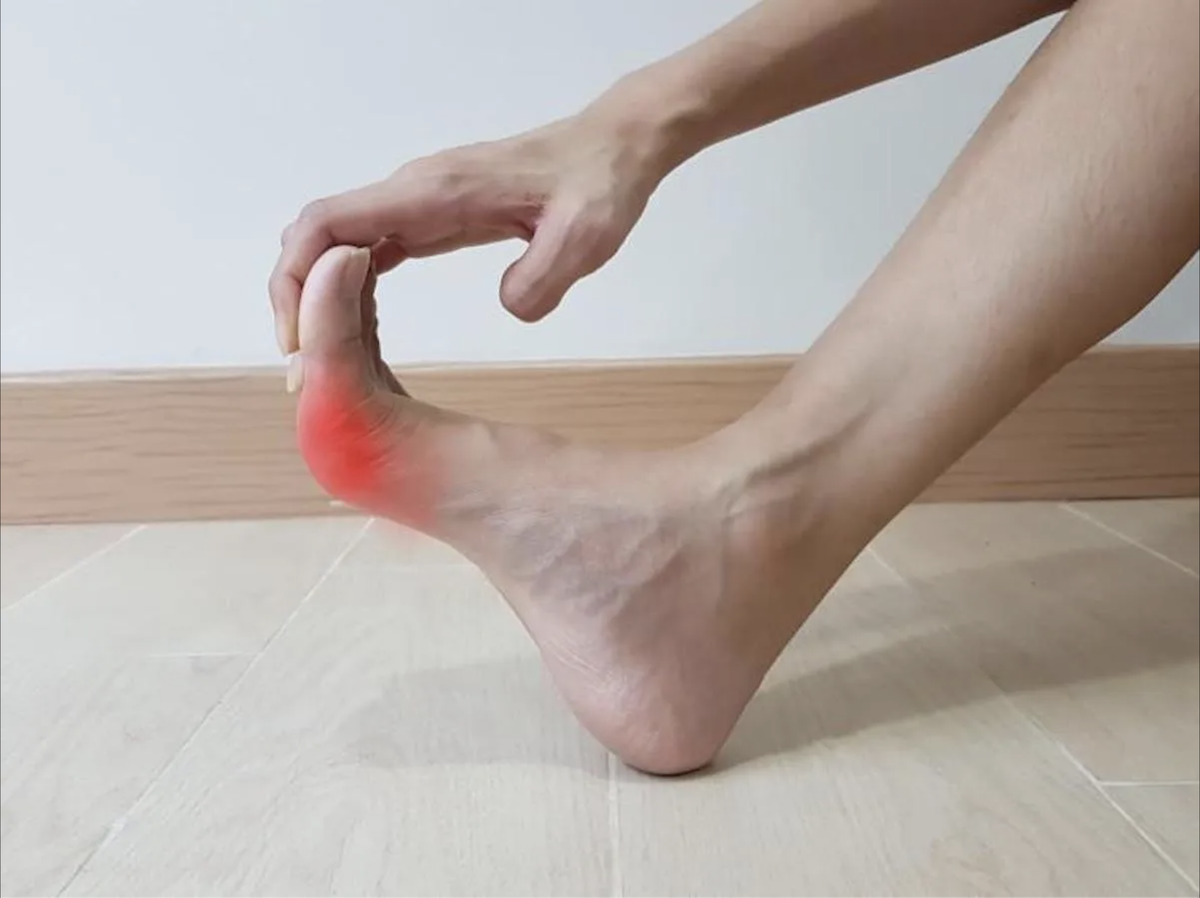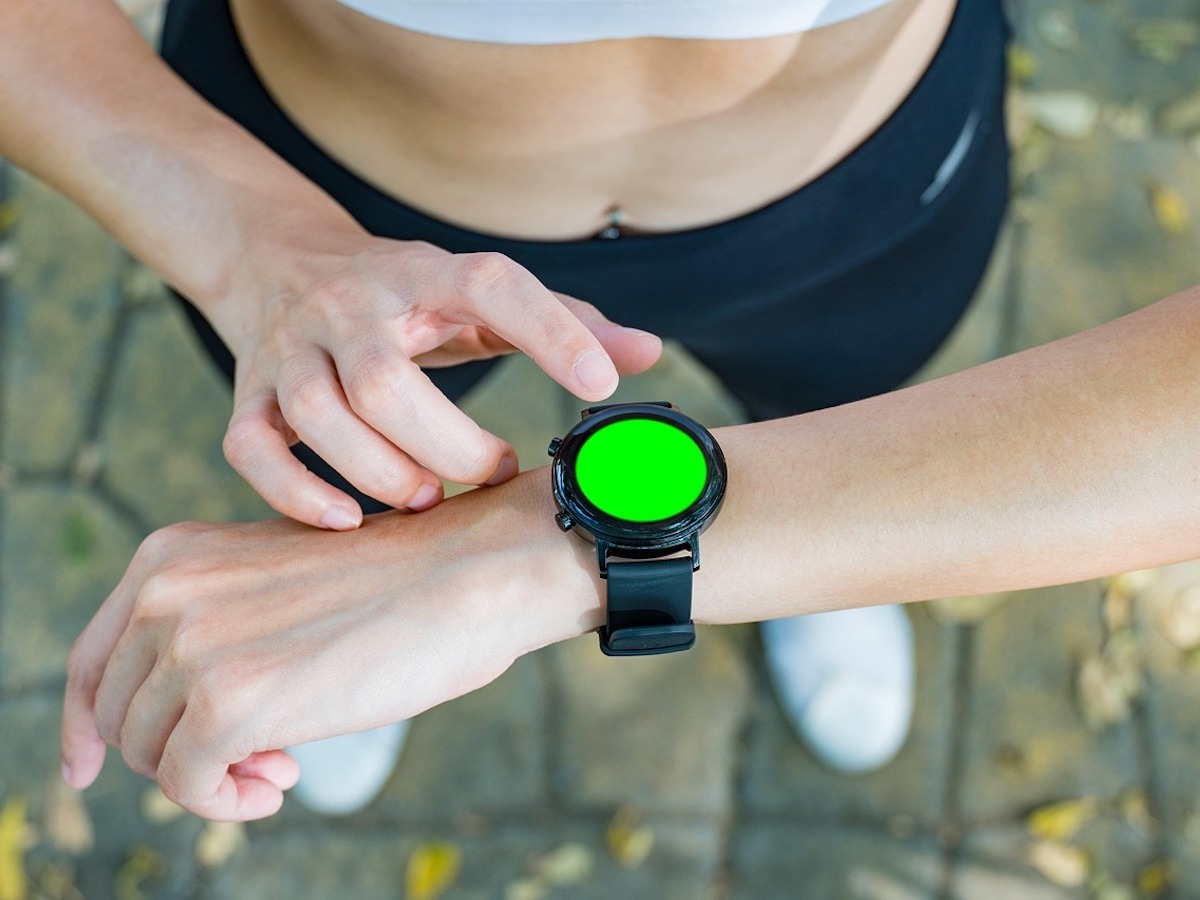Advertisement
Health
Symptoms of Gout
According to those who’ve had them, an attack of gout can be one of the most painful, jarring experiences any human being can go through. So, how can one tell if they suffered one of these attacks? These are the gout symptoms you should be on the look for.
From pain in certain areas of the body to peeling skin all the way to kidney issues and blood test results, noticing any of these symptoms or signs early could help a potential gout victim medically mitigate things before they suffer a devastating attack.

Toe Pain:
While gout can attack joints all over the body – including ankles, knees, elbows, wrists, hands, and fingers – the symptom most commonly associated with gout occurs in the big toe. Often this involves rapid onset intense pain and swelling at the joint where the toe meets the foot, difficulty moving the toe or putting walking weight on the afflicted foot, and intense redness of the area. These initial attack symptoms can last anywhere from a few days to a few weeks.
Swelling:
As we’ve established when speaking about gout issues in the big toe specifically, swelling is major part of any gout attack. The swelling – which again, can occur in any joint including toes, ankles, knees, fingers, knuckles, wrists, and elbows – is immensely painful, grotesquely misshaping body parts. This swelling is caused by urate crystals, which develop due to high levels of uric acid in the bloodstream.
Sudden Pain:
The pain caused by gout – which, like the swelling is attributable to a high concentration of sharp urate crystals in the blood stream – often comes on suddenly and without warning. The pain, which is often so intense that it’s said to feel like tearing of ligaments and often completely disables the affected joint, often reaches its peak about 24 hours after the initial attack.
Tenderness to the Touch:
The joint pain resulting from gout also causes severe tenderness to the touch. In fact, according to those who suffer from the affliction, the afflicted joint can be so tender to the touch that he touch of a sock, or even the usually imperceptible weight of bedsheet (if the attack happens at night) can cause almost unbearable pain for those suffering.

Redness and Peeling Skin:
Beyond the destructive pain, gout also damages the skin around the affected area. During a gout attack, the joint in question will often turn red thanks to the heavy amount swelling common in the area. Furthermore, as the redness and swelling subside, the skin around the joint has a tendency to become itchy and peel.
Kidney Stones:
Kidney stones – as defined by the Mayo Clinic as “hard deposits made of minerals and salts that form inside your kidneys” – are one of the most painful experience a human being can experience, especially as the sharp mineral deposits work their way through the urethra and are passed through urination. Now, there can be several causes for stones to develop, but because one of the contributing factors for kidney stones is a high level of uric acid being excreted by the kidneys, they can be indicative of gout.
High Levels of Uric Acid:
As we’ve discussed, the main cause of gout is high levels of uric acid in the body which-in-turn leads to the formation of urate crystals that cause joint issues. Therefore, if any medical test including but not limited to blood tests, joint fluid test, ultrasounds, or DECT tests indicate the presence of urate crystals, this symptom indicates that a patient may be on the verge of a gout attack even if they’ve yet to feel any pain.
Fever:
While fevers are obviously a well-known symptom of many potential medical issues, they can indicate gout. As explained by arthritis-health.com, “The inflammation experienced during gout flare-ups can become severe enough to cause fever and other flu-like symptoms, such as fatigue and a general feeling of being unwell. These symptoms are most likely to occur when a gout attack affects two or more joints.”
Lower Back Pain:
While fevers are obviously a well-known symptom of many potential medical issues, they can indicate gout. As explained by arthritis-health.com, “The inflammation experienced during gout flare-ups can become severe enough to cause fever and other flu-like symptoms, such as fatigue and a general feeling of being unwell. These symptoms are most likely to occur when a gout attack affects two or more joints.”

Lingering Discomfort:
Normally gout attacks last somewhere between a few days and a few weeks at most. However, lingering pain and discomfort can be a symptom of recurrent gout. As the name implies, recurrent gout is an on-going condition where a patient suffers from gout attacks several times a year. Medications may help keep these attacks under control, which is likely a wise move as recurrent gout can lead to joint erosion and eventually destruction.
If you think you’re at risk of gout and find yourself suffering any of these gout symptoms, please consult a doctor ASAP.












